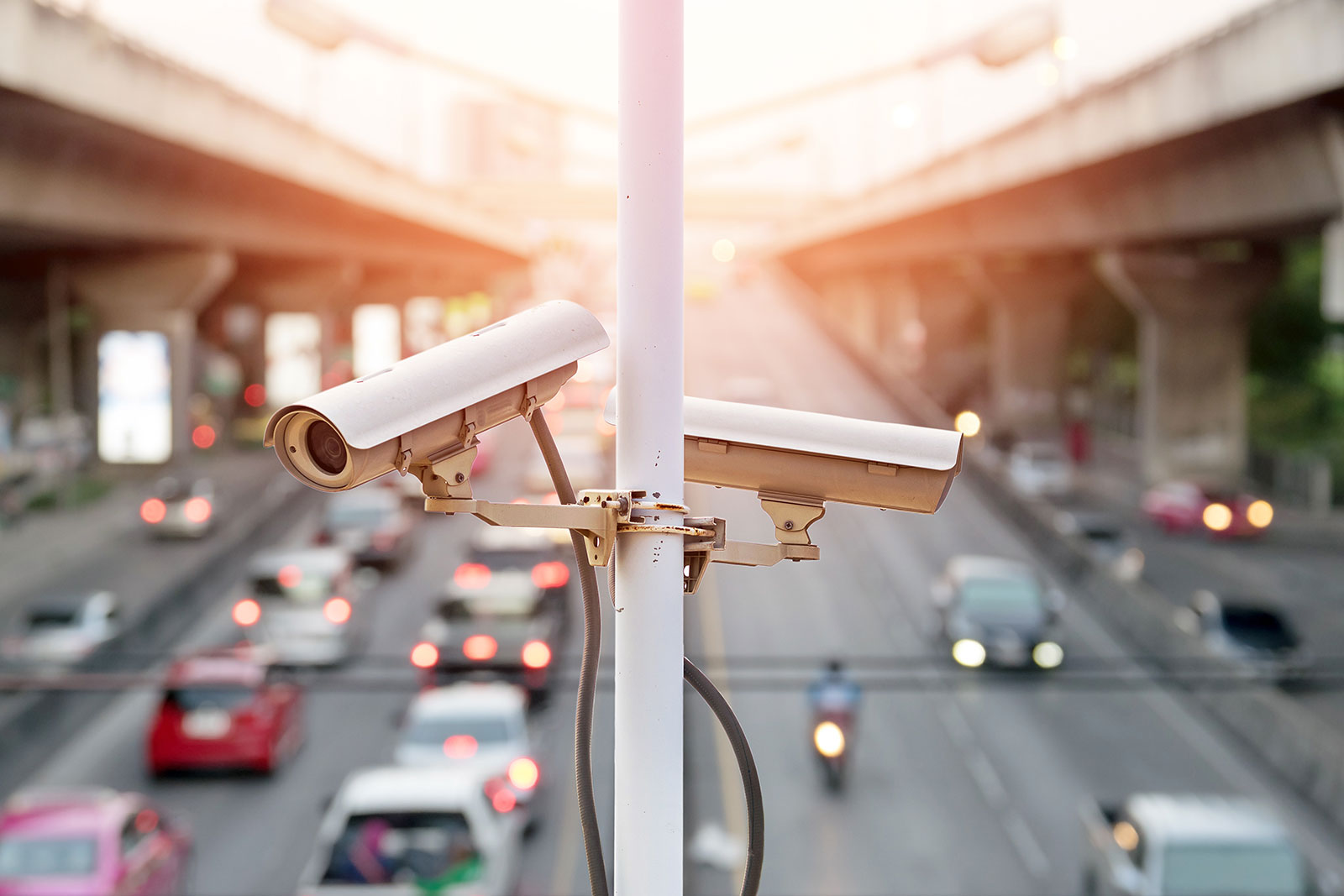Are you smart motorway smart?
30 July 2019
Smart motorways have been active in the UK for a while now and it is critical that drivers are aware of how to use them safely.
New technology on sections of the motorway network has enabled Highways England to monitor and manage busy roads, helping traffic to flow more smoothly.
Hard shoulder use
One feature of smart motorways is the ability to open the hard shoulder during busy periods so that more vehicles can travel with ease temporarily.
The hard shoulder is identifiable by a solid white unbroken line. If the hard shoulder is open for use it will be clearly indicated with a speed limit displayed above it.
If there is no speed limit above the hard shoulder or it is marked with a red X, the hard shoulder should not be driven in and is for emergency use only.
If you are caught driving in a lane closed by a red X, you could receive a fixed penalty of up to £100 and three points. Beware, a HGV driver was given five penalty points and a £655 fine when his car blocked a police car on the hard shoulder.
If you break down, wherever possible, try to get your vehicle to a designated emergency area. These are marked with an SOS telephone sign and provide better protection than other areas of the hard shoulder.
The Highway Code says you mustn’t drive on the hard shoulder except in an emergency or if directed to do so by the police, traffic offers in uniform or by signs.
Variable speed limits
Variable speed limits can be set at busy times or to manage a hazard or incident.
A speed limit displayed inside a red circle is legally enforceable. If you go over the speed limit, you could receive a fine and points on your licence.
When the variable speed limit no longer applies the national speed limit sign will be displayed. If no speed limits are displayed, then the national speed limit applies.
Keep left
When you’re driving along a motorway you should keep left unless you’re overtaking, no matter how many lanes a motorway has. It’s a simple rule of the Highway Code, but one which some drivers don’t always follow.
The other lanes may only be used for overtaking slower-moving vehicles. Once you’re past them, you should return to the left-hand lane.
Following this rule helps the traffic flow and avoids frustration with “lane-hoggers”.
If you want further information or if you fall foul of any of these rules and need some on the scene advice, please contact a member of our regulatory team on 01254 828300.
